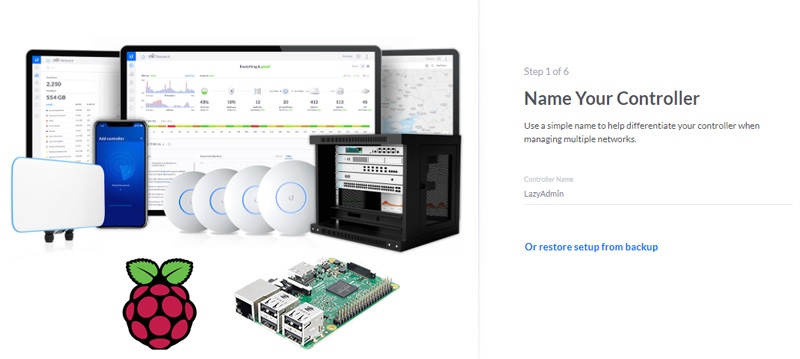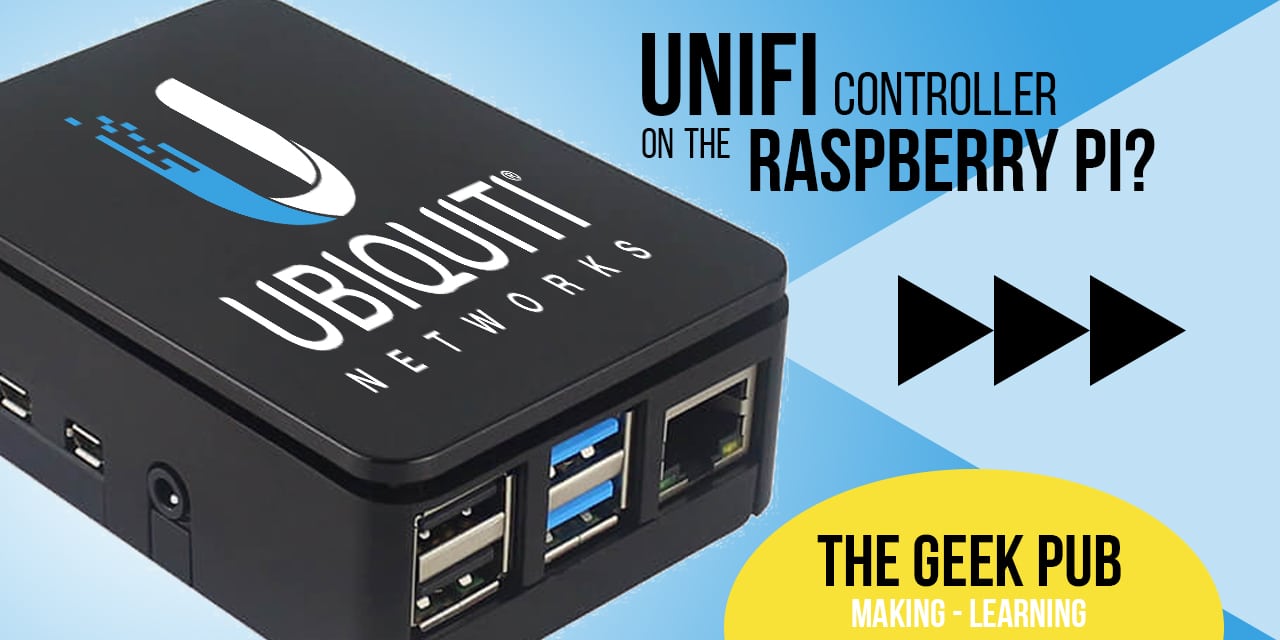
- Install unifi controller raspberry pi install#
- Install unifi controller raspberry pi update#
- Install unifi controller raspberry pi software#
- Install unifi controller raspberry pi free#
Ubiquiti’s UniFi system is a popular choice when first getting started. There are many different devices and systems available and it can get overwhelming.

If you’re new to home networking, you know it can be challenging or intimidating to newcomers. It can also save you some money over the Ubiquiti made Cloud Keys that are available. Installing the controller on a raspberry pi is a great set and forget method of being able to access your UniFi Controller at any time. If you choose to keep the controller running after network setup, it will run in the background and collect network data that you can access via the controller or the app.

It can be run on your PC, a dedicated device (a raspberry pi), or you can just get a Ubiquiti Cloud Key.
Install unifi controller raspberry pi software#
The UniFi Controller software runs the UniFi network setup and diagnostic information. It only takes a couple of minutes and is very user friendly. The best advantage of running the Unifi Controller inside a container is the very lightweight, utilizing the middle resources of any other host in your network and even in a Raspberry Pi. This way does not require to expose any port to the internet. Optionally, I recommend changing the Launch using WebRTC. Note the following requirements for cloud access: Sudo rm /etc/ssl/certs/java/cacerts &> /dev/null sudo update-ca-certificates -fĪnd allow the used port to be accessible through the firewall: sudo ufw allow 8080,8443,8843,8880,6789/tcp In case you ran into issues trying to connect your controller to the Unifi cloud, execute the following commands and try again after: sudo systemctl stop unifi The service can be started and stopped with the following commands: sudo systemctl start unifi Then your dashboard might look like the following: It is important when you schedule firmware upgrades and other functionalities. In any case just click next.ĭefine the name of your WIFI and give it a password. If you have Unifi devices in the same network segment they might be discovered in this step. For now, skip the log on and switch to advanced.ĭisable the cloud-based functionalities to make it standalone and create credentials for it. Give your controller a name and click next.Īlternatively, an Unifi account could be used and the controller could be exposed to the internet to accept connections from many sites (for managing client’s infrastructure for example). Preferentially using Chrome, navigate to the web user interface at 10.0.0.1:8443/ (replace the IP accordingly).įollow the 6 steps to create a local account for your private controller. Sudo systemctl status -no-pager -full rvice rvice
Install unifi controller raspberry pi install#
Sudo apt install openjdk-8-jre-headless unifi -y
Install unifi controller raspberry pi update#
Installing the controller service: sudo apt-get update

Sudo apt install ca-certificates apt-transport-https -yĮcho 'deb stable ubiquiti' | sudo tee /etc/apt//100-ubnt-unifi.list INSTALLING UNIFI ON UBUNTU 20.04 sudo apt update
Install unifi controller raspberry pi free#
Unifi offers a free (but not open-source) controller solution based on Linux with an amazing web GUI and integration with their cloud service.


 0 kommentar(er)
0 kommentar(er)
